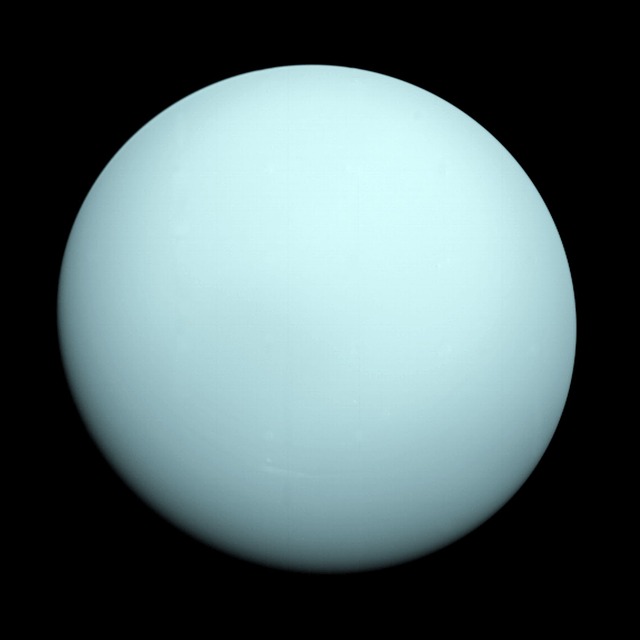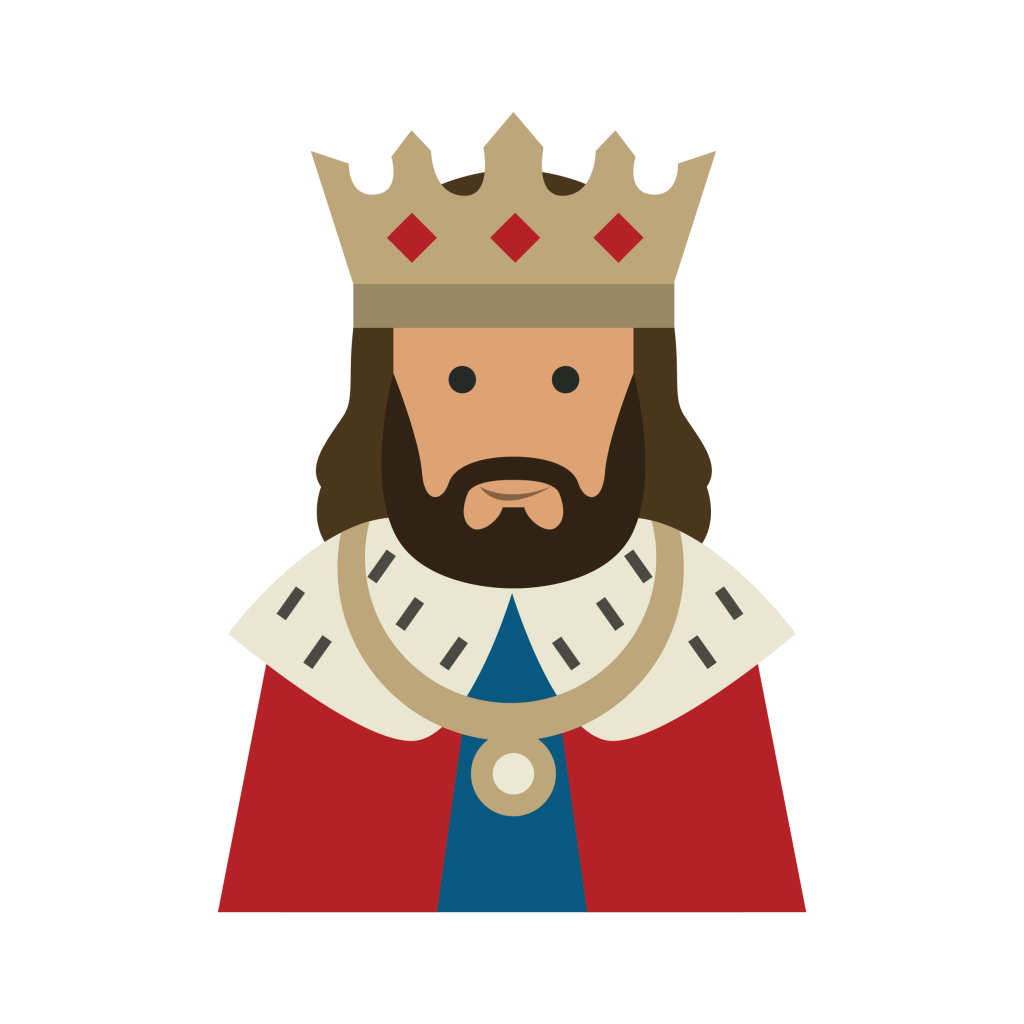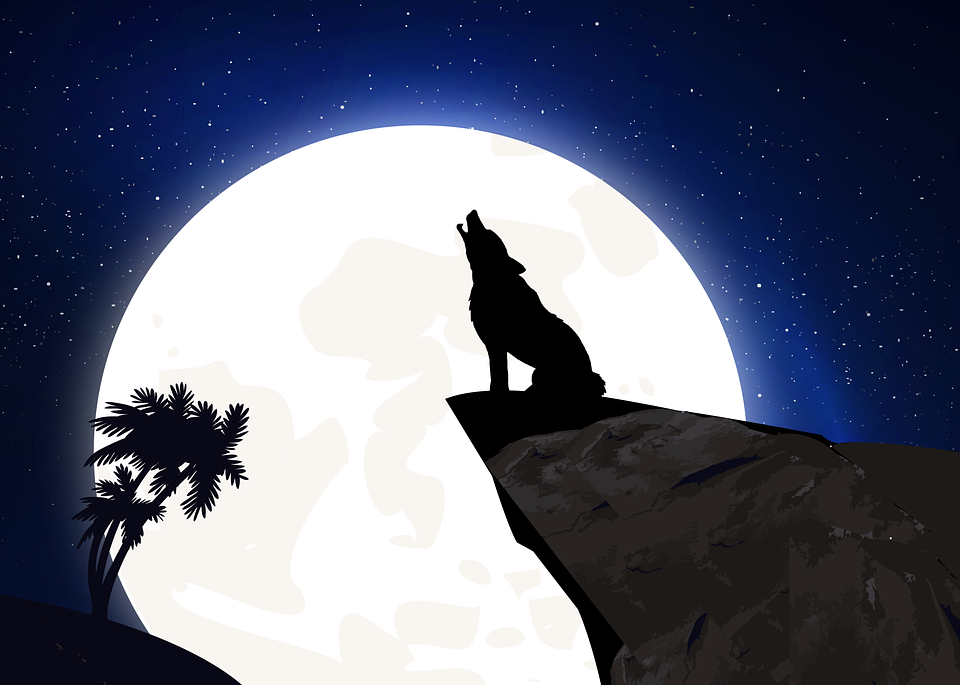Uranus Facts For Kids
Check out our super facts about Planet Uranus and then download or print our fun quiz sheet in the activity section at the end of the article!
Read our awesome overview of Uranus so you become a planet boffin. We’ve got some unbelievable and seriously fun facts here for you to enjoy.
Let’s get started!

Quick Uranus Facts
- Uranus has the lowest temperatures in the Solar System, reaching -370° Fahrenheit.
- Uranus completes one orbit of the Sun in 30,668 Earth days.
- Uranus is known to have 27 moons (natural satellites).
- Uranus has 13 rings surrounding the planet.
- Winds on Uranus may reach speeds of more than 560 mph.
- Like Saturn, Uranus has rings, although they are much thinner and darker.
- The methane in its atmosphere gives Uranus a vivid bluish-green hue.
How was Uranus Discovered?
Uranus was the first planet discovered by telescope. A lot of the other planets were discovered in ancient times, but Uranus was spotted with a telescope.
The reason it wasn’t discovered in ancient times is that it was too dim.
Uranus was the first planet discovered after the invention of the telescope. It was first noticed and recorded in 1690 by John Flamsteed, but he thought it was a star in the constellation Tauri.

But John Flamsteed was wrong, as it was first officially discovered on March 13th 1781 by William Herschel. At first he thought it was a comet, but a couple of years later it was confirmed as a planet.
Herschel tried to have his discovery named ‘Georgian Sidus’, after King George III.
But he didn’t win the battle as the name Uranus was finally suggested by astronomer Johann Bode. The name comes from the ancient Greek deity Ouranos who was the lord of the skies and husband of earth.
He was also king of the Earth until he was kicked out of his important position by his son Saturn! How rude. This was one hard planet to discover and name all at the same time.

Bands and Cloud Patterns on Uranus
So it looks like a boring blue ball, but obviously we can’t really see the bands of clouds and storms that you see on Jupiter and Saturn.
But if you look just a little closer in other wavelengths, like infrared, you’ll actually see these bands and cloud patterns.

Early observations of Uranus didn’t show much, but telescopes got more advanced and in the 1990s you could see that Uranus has bright regions in its atmosphere.
Some of the cloud patterns on Uranus only last for hours, while others have been around since the Voyager flyby in 1986.
Apparently the wind speeds are something quite spectacular too, with gusts moving at a rapid pace.

Uranus Facts & Figures
The mass of Uranus is quite something! Wait for it…it is 191,383,289,802,691,990,666,608,640 pounds (86,810,300,000,000,000 billion kilograms), which is about 14.5 times the mass of Earth.
Well, try saying that one and see how you get on!
The circumference of Uranus is just over 99,000 miles (159,354 kilometers). That’s four times the circumference of Earth.

Uranus – A Chilly Planet!
So this one cold planet to say the least! In fact it’s by far the coldest planet. The minimum temperature of the surface is -435°Fahrenheit (-224°Celsius).
Uranus actually gives off less heat than it absorbs from the Sun which is like no other planet. Can you even begin to imagine how cold it is? We’ll stay right here on Earth thanks!

Yep, it’s pretty cold up there and it’s often called the ‘ice giant’ planet. Hardly surprising when you think about its surface temperature.
Apparently below the atmosphere is an icy type blanket, which surrounds a rock and ice core.
Uranus turns on its axis once every 17 hours, 14 minutes.

Uranus is the 7th planet from the Sun and it orbits at a distance of 1.8 billion miles (2.88 billion kilometers) from the Sun.
But it’s still much closer than Neptune, which averages a distance of 2.8 billion miles (4.5 billion kilometers) from the Sun.

Rings of Uranus
Surprisingly Uranus has a ring system and they are the second most dramatic set of rings in the Solar System. There are two sets of rings which are very thin and dark colored.
They are quite small, ranging from dust-sized particles to small boulders.
There are nine inner rings and two outer rings. They probably formed when some of Uranus’s moons were broken up in an impact.
The first set of rings was discovered in 1977 when Uranus passed in front of a star, and astronomers observing the planet through giant telescopes saw the nine rings.

The second set of rings was discovered in 2003 by the Hubble Space Telescope which found two more rings.
Astronomers think that the rings of Uranus are very young and probably formed relatively recently, and not when the planet was formed.
Diamonds & Moons
Some scientists think that there could be diamonds on Uranus! Wow…maybe if it was a bit hotter we could go there and collect them.

Like all of the giant planets, Uranus has its fair share of moons. Astronomers now count 27. But they’re actually pretty lightweight.
If you could add up all their mass, they would be less than half the mass of Triton, Neptune’s largest moon.
The largest moon, Titania, has a diameter of about half the diameter of the Earth’s moon.

Want to know more about how Uranus’ moons were named?
Well, unbelievably they were named after characters created by William Shakespeare from ‘Midsummer Night’s Dream’ as well as a poem from Alexander Pope.
These include Oberon, Titania and Miranda, which are named after Shakespeare’s characters. And then there’s Umbriel, which was named after a poem from Alexander Pope.
All of these moons are frozen worlds with dark surfaces and some are a mixture of ice and rock.

One of the interesting moons is Miranda as it’s got ice canyons, terraces and some other really weird looking things on its surface. Would be cool to see that.
People are a bit nervous to go to this ice giant for fear of getting frozen surely. Only one spacecraft has flown by Uranus.
In 1986, the Voyager 2 spacecraft swept past the planet but at a very safe distance away of about 50,700 miles (81,500 kilometers). A wise thing to do for sure.
It returned the first close-up images of the planet, its moons, and rings.

The least dense planet in the Solar System is Saturn. In fact, if you could find a pool big enough it would float on it. Imagine a pool that size.
Uranus comes in second as the least dense planet. What this means that instead of floating, Uranus would actually sink in water.
This low density has an interesting little tale. Even though Uranus is 14.5 times as massive as the Earth, you would only experience about 89% the force of gravity if you could stand on its surface.

Locating Uranus from Earth
Now this might come as a surprise, but you actually can see Uranus without a telescope, but it is very difficult and you do need binoculars.
It is JUST bright enough to see with the eyes, but you’ve got to have very dark skies and know exactly where to look.
Look in your local library or on the internet about the constellations in your area, and you might be able to spot it!

So how much would you weigh on Uranus? As it’s gravity is not as strong as on Earth you would actually weigh less unlike on Jupiter.
If you weigh 70 pounds (32 kilograms) on Earth, you would weigh 62 pounds (28 kilograms) on Uranus. Pack smaller clothes for a visit here; well of course if you’re brave enough to go near this planet!
Did you know that Uranus is almost identical to Neptune?

How weird is this? Uranus spins on its side just like a barrel at 98 degrees. It’s often described as ‘rolling around the Sun on its side’. It must get a bit dizzy.
Astronomers think this might be because it had a large collision when it was just a baby planet.
Another theory is that the extreme axis was caused by a large moon that was pulled away from the planet slowly long, long ago when the Solar System was still new.
Some people think that the gravitational pull of this moon moving away from Uranus might be causing it to tilt on its side. So who knows which one is true!

How Long is a Day on Uranus?
A day on Uranus is only about 17 hours which is shorter than a day on earth, but Uranus takes 84 Earth years to go around the sun. That’s a long time.
What this means that each of its poles is in daylight for 42 years and then darkness for the next 42 years.
Can you just imagine living in darkness for 42 years?

Uranus has an atmosphere as with all planets, and it’s mostly made up of hydrogen, but it also contains large amounts of a gas called methane which is a colorless, odorless flammable gas.
Methane absorbs red light and scatters blue light, so blue-green methane haze hides the interior of this planet from our view.
This methane haze also hides all the storms that are raging on the planet. We want it to move so we can see it.

******
Even though it likes to play hide and seek, without ever being caught, scientists think that underneath the atmosphere there is a hot and slushy ocean of water and ammonia, which is a colorless gas with a very strong, gross smell.
They also think that there is a gas called methane in the mix there too.
And, interestingly, they think that this ocean may be very hot indeed; maybe even as hot as 5000⁰ Fahrenheit (2760⁰ Celsius).
No hanging around there without a peg on your nose and an ice and fire suit!

******
Scientists also think that right in the middle is a very rocky core, but amazingly no one really knows what’s there. So there’s a lot to still find out about this planet for sure!
We hope you enjoyed these facts – as you can see there is still loads more to learn about Uranus.

Maybe you can become a space traveler and find out the full story on this interesting planet!
Useful Websites
- Uranus ‘the Sideways Planet’ on NASA
- Uranus video on The Science Channel
Activity Time – Test Your Knowledge!
Test your knowledge of this cool planet by downloading our question sheet below!

